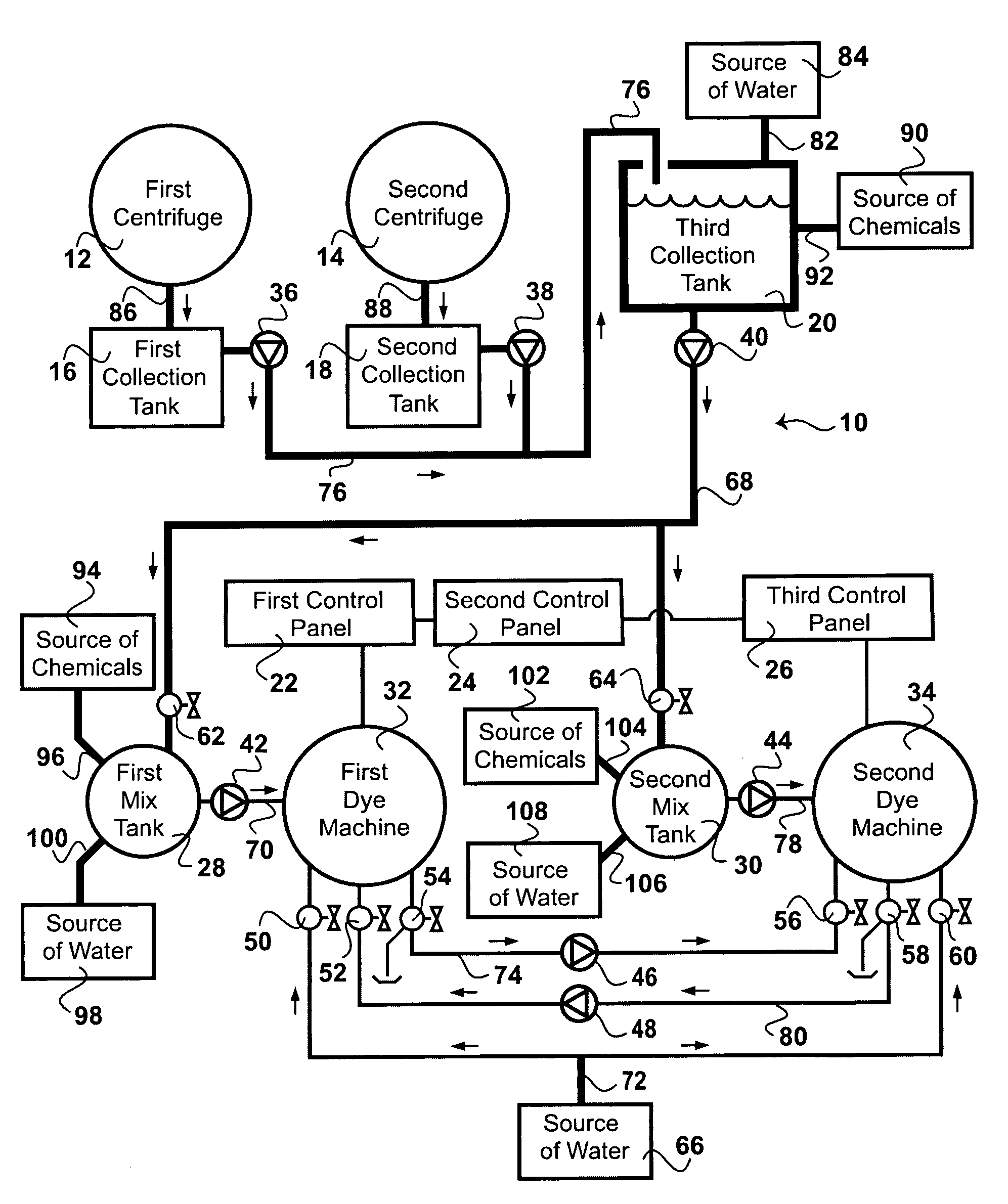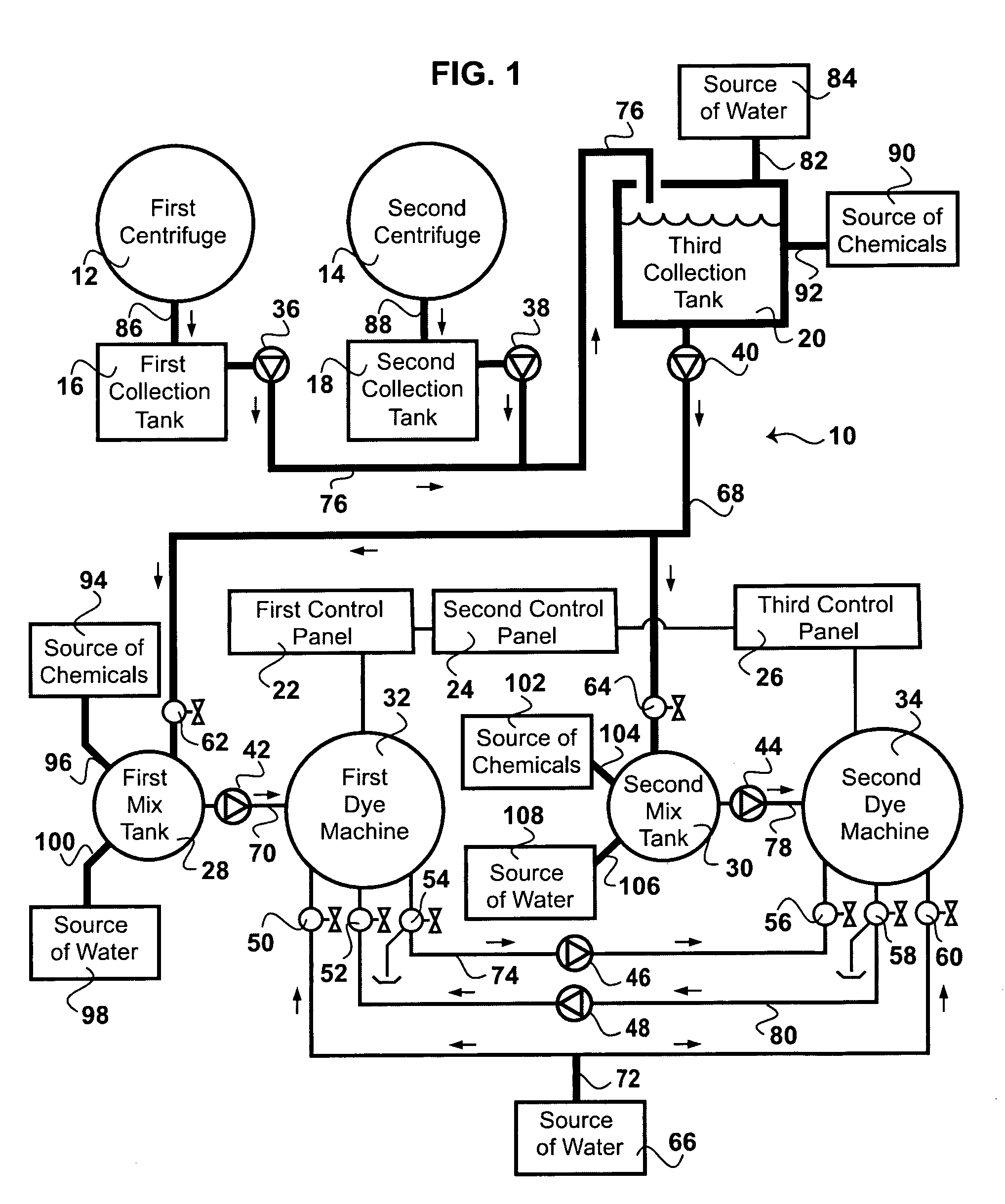Methods, systems and compositions for fire retarding substrates
- Summary
- Abstract
- Description
- Claims
- Application Information
AI Technical Summary
Benefits of technology
Problems solved by technology
Method used
Image
Examples
example 1
Treatment of Non-Thermoplastic Flax Fiber
[0447]About 30 parts by weight (38 weight percent) of liquid ammonia (fire retardant substance) was slowly mixed using a variable speed laboratory mixer with 50 parts by weight (62 weight percent) of phosphoric acid (fire retardant substance) at ambient temperature for 15 minutes in a beaker. Then, about 65 parts by weight (65 weight percent) of the resulting mixture product was slowly mixed with 80 part by weight (25 weight percent) of tap water and 10 part by weight (10 weight percent) of diethylene glycol (adhesion agent) for 15 minutes at ambient temperature using a variable speed laboratory mixer, resulting in an aqueous emulsion (solid in liquid). About 10 parts by weight (14 weight percent) of non-thermoplastic flax fibers without (not containing any) flame retardants was placed into, and completely submerged within, the aqueous emulsion for 40 minutes at 70° C. Excess liquid was removed from the non-thermoplastic flax fibers and trans...
example 2
Treatment of Non-Thermoplastic Flax Fabric
[0452]Example 1 was performed again, but was modified by using a woven flax fabric (made of 100% non-thermoplastic fiber) without (not containing any) flame retardants in place of the non-thermoplastic fiber. The dried flame retarded non-thermoplastic fabric was then flame tested using the NFPA 701 test method. The char length of the dried flame retarded non-thermoplastic fabric was determined to be less than 3 inches. Additionally, there was no afterflame, indicating that the substrate had good fire resistance, and that the induced flame was self extinguishing.
example 3
Treatment of Non-Thermoplastic Flax Fibrous Composition
[0453]Example 1 was performed again, but was modified by using a nonwoven carded web of flax fiber (a fibrous composition made of 100% non-thermoplastic fiber) without (not containing any) flame retardants in place of the non-thermoplastic flax fibers. The dried flame retarded non-thermoplastic fibrous composition was then flame tested using the NFPA 701 test method. The char length of the dried flame retarded non-thermoplastic flax fibrous composition was determined to be less than 3 inches. Additionally, there was no afterflame, indicating that the substrate had good fire resistance, and that the induced flame was self extinguishing.
PUM
| Property | Measurement | Unit |
|---|---|---|
| Percent by mass | aaaaa | aaaaa |
| Weight | aaaaa | aaaaa |
| Adhesion strength | aaaaa | aaaaa |
Abstract
Description
Claims
Application Information
 Login to View More
Login to View More - R&D
- Intellectual Property
- Life Sciences
- Materials
- Tech Scout
- Unparalleled Data Quality
- Higher Quality Content
- 60% Fewer Hallucinations
Browse by: Latest US Patents, China's latest patents, Technical Efficacy Thesaurus, Application Domain, Technology Topic, Popular Technical Reports.
© 2025 PatSnap. All rights reserved.Legal|Privacy policy|Modern Slavery Act Transparency Statement|Sitemap|About US| Contact US: help@patsnap.com


